Flucytosine, Griseofulvin, and Terbinafine
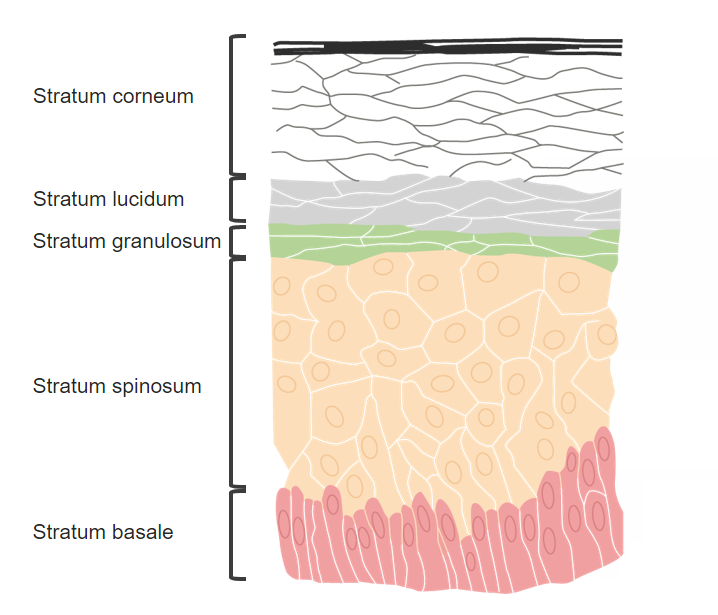
Classification and Chemistry Classification In addition to the 3 major classes of antifungal agents (azoles, polyenes, and echinocandins), there are several other clinically important antifungals agents. These drugs include: Chemical structures Pharmacodynamics: Mechanisms of Action Flucytosine Flucytosine is a pyrimidine analog that disrupts both DNA and RNA synthesis. Griseofulvin The exact mechanisms of griseofulvin are […]
Echinocandins
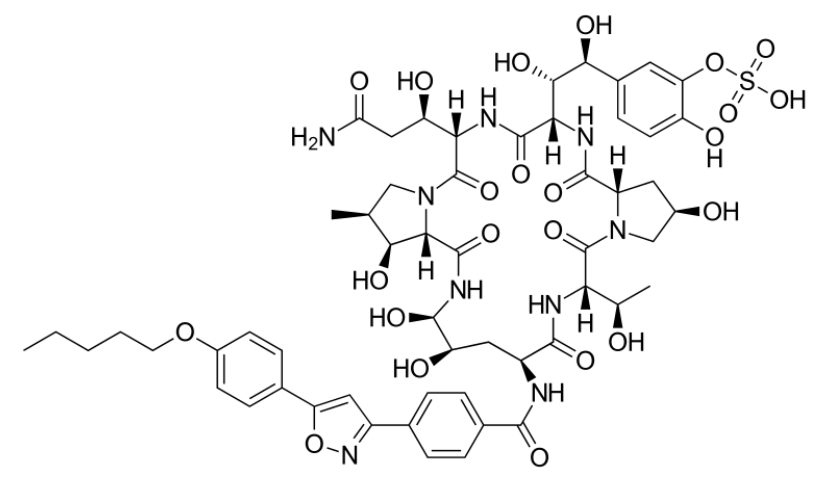
Classification Echinocandins are a group of antifungal agents that target the fungal cell wall and are typically used to treat invasive candidiasis in individuals with neutropenia or those who are critically ill. Chemistry and Pharmacodynamics Chemical structure Mechanism of action Echinocandins exert their effects by inhibiting fungal cell wall production by interfering with the synthesis […]
Polyenes
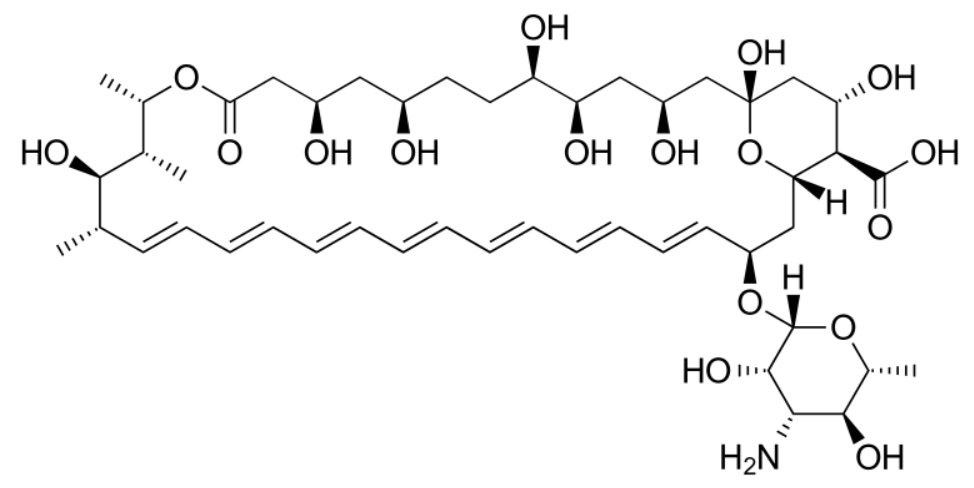
Classification Polyenes are one of the original classes of antifungal medications. There are 2 primary polyenes that are currently used: Chemistry and Pharmacodynamics Chemical structure Nystatin and amphotericin B have very similar chemical structures, including: Mechanism of action Polyenes exert their effects by creating pores in the fungal cell membrane through binding to ergosterol; however, […]
Azoles
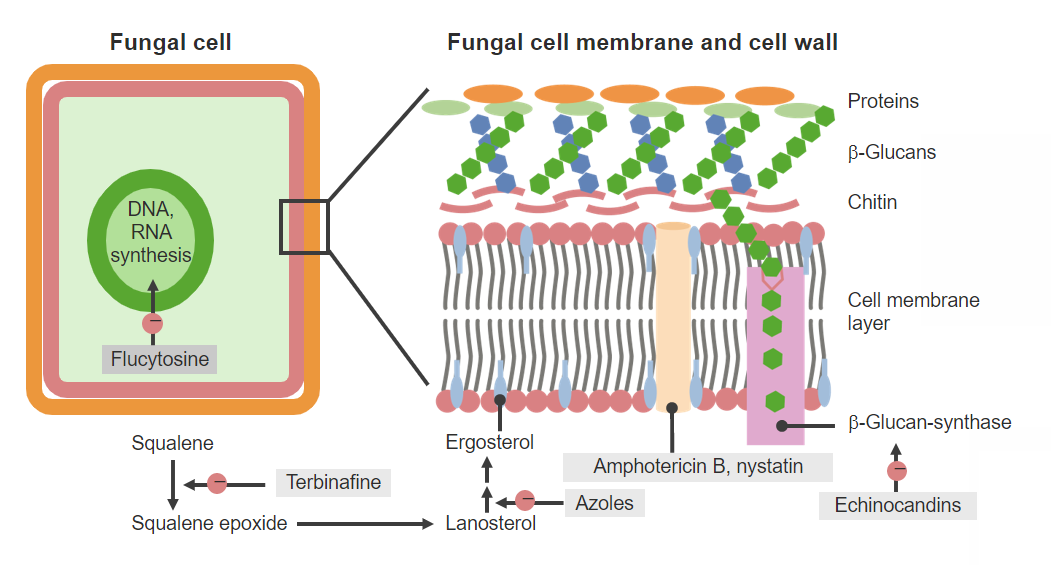
Classification Azoles are a group of widely used antifungal medications, which can be classified into 2 subgroups: Chemistry and Pharmacodynamics Chemical structure Mechanism of action Azoles cause deterioration in the fungal cell membrane by inhibiting ergosterol production. Pharmacokinetics Different azoles have variable (and sometimes complex) pharmacokinetics. Absorption Distribution Table: Pharmacokinetics of azoles Drugs Protein binding […]
Carbapenems and Aztreonam
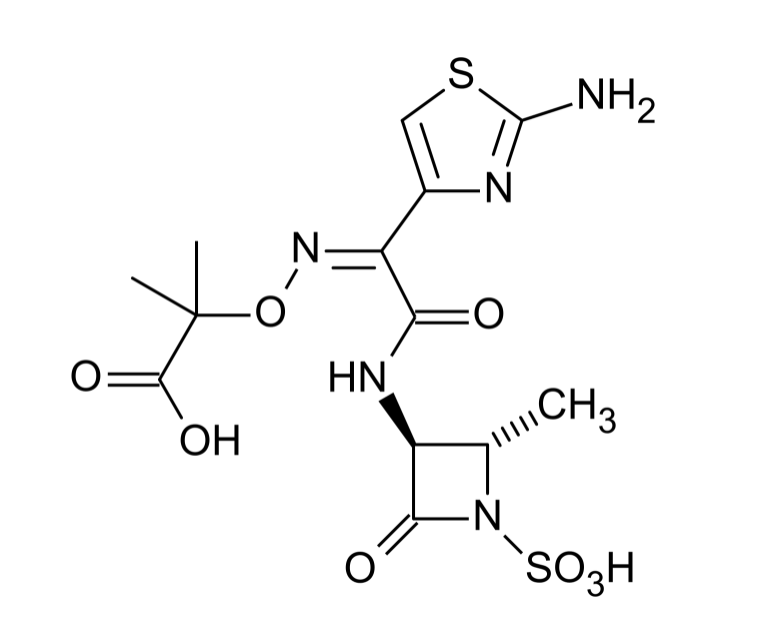
Chemistry and Classification Beta-lactam classification Carbapenems and monobactams are both members of the beta-lactam family of antibiotics. They are all cell-wall synthesis inhibitors. Members of the beta-lactam family include: Carbapenem structure Carbapenems consist of: Monobactam structure Monobactams are also beta-lactam antibiotics. Their structure is different enough from penicillin that there is no cross-allergy with penicillins. […]
Fluoroquinolones
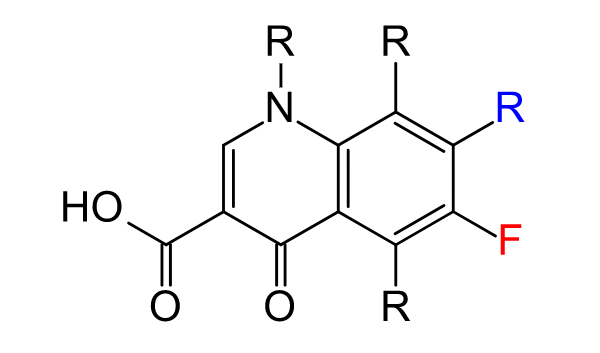
Classification and Chemistry Classification Fluoroquinolones are a class of broad-spectrum antibiotics. The common medications in the class include: Chemical structure Fluoroquinolone structures: Mechanisms of Action and Resistance Mechanism of action Mechanisms of resistance The dominant mechanisms of fluoroquinolone resistance: Clinically important resistance patterns As resistance to fluoroquinolones becomes more common, fluoroquinolone use may be limited […]
Nitroimidazoles
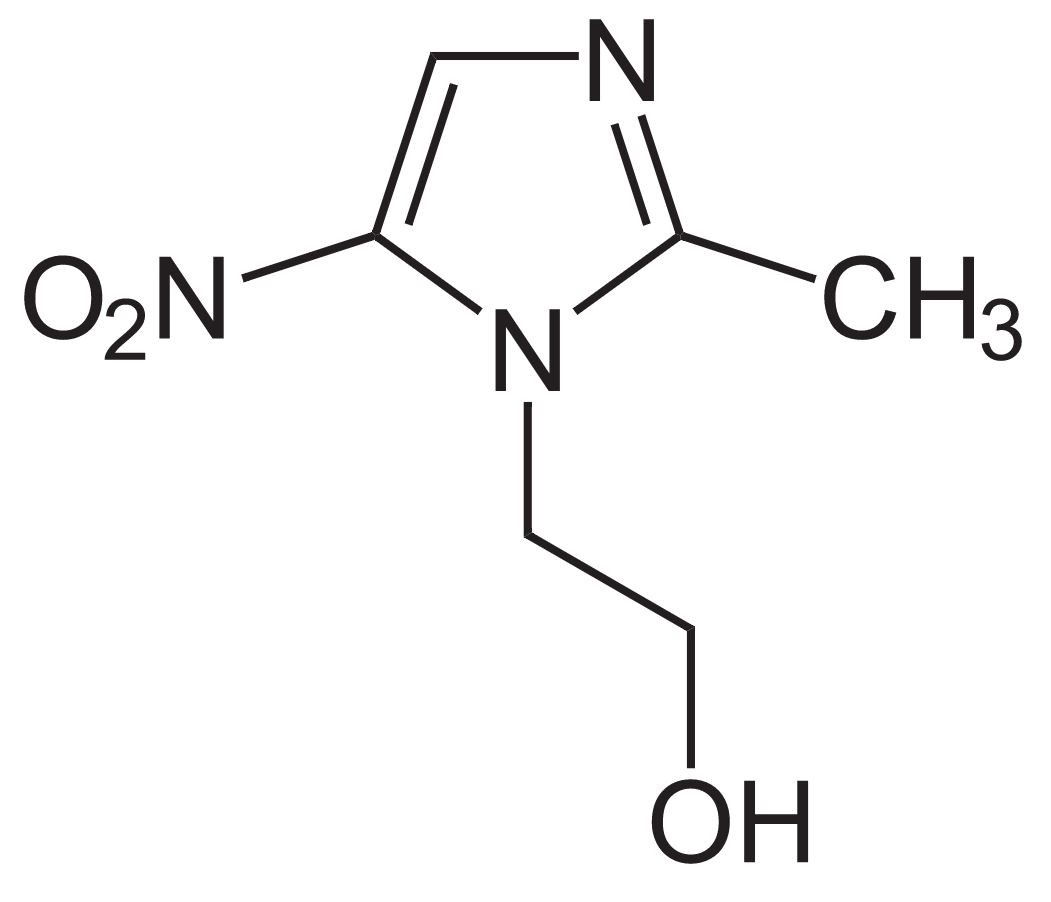
Chemistry and Pharmacodynamics Chemical structure Nitroimidazoles are composed of an imidazole ring and an attached nitro group. Mechanism of action Pharmacokinetics The following describes the pharmacokinetics for metronidazole (the prototype drug of the class) and tinidazole. Absorption Distribution Metabolism and excretion Indications Antimicrobial coverage Types of infections Adverse Effects and Contraindications Adverse effects Contraindications Drug […]
Acetaminophen
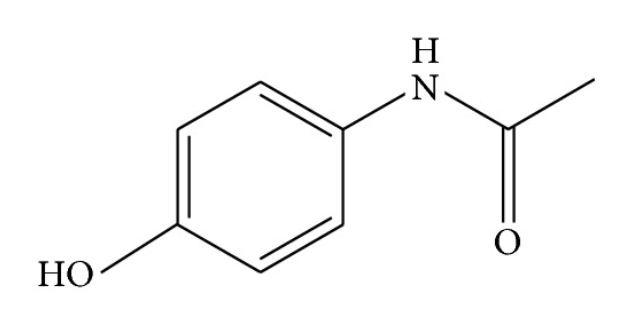
Chemistry and Pharmacodynamics Definition Acetaminophen, also known as paracetamol (N-acetyl-p-aminophenol), is a nonopioid analgesic and antipyretic agent used to treat pain and fever. Chemical structure Mechanism of action Physiologic effects Pharmacokinetics Absorption Distribution Metabolism Excretion Indications Acetaminophen is an equivalent of aspirin and has analgesic and antipyretic effects; however, acetaminophen does not have platelet-inhibiting effects […]
Sulfonamides and Trimethoprim
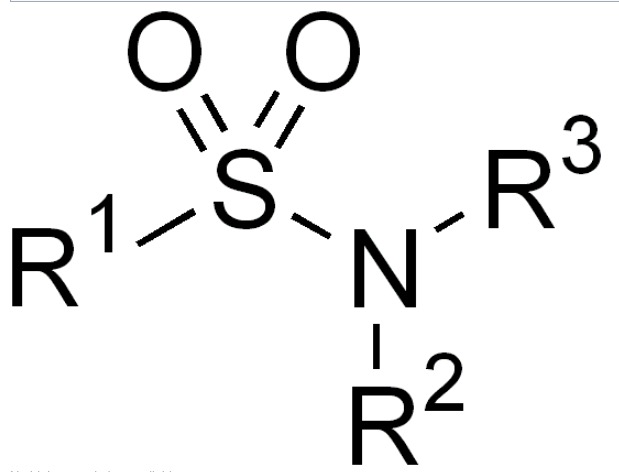
Classification Sulfonamide antibiotics are antimicrobial drugs containing a sulfonamide functional group. Drugs with a mechanism of action similar to sulfonamide antibiotics (but not technically sulfonamides): Combination drugs (work synergistically): Chemistry and Pharmacodynamics Chemical structure Sulfonamide antibiotics contain a sulfonamide functional group, which is a sulfur bonded to: Mechanism of action Sulfonamides, trimethoprim, dapsone, and pyrimethamine […]
Glycopeptides
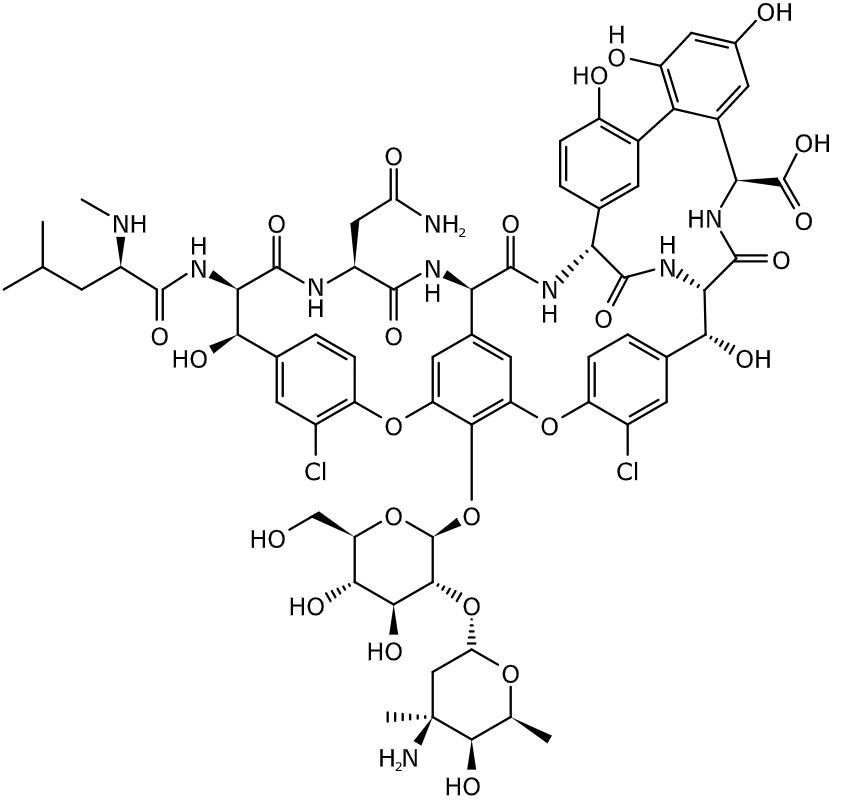
Chemistry and Pharmacodynamics Definition Glycopeptide antibiotics (GPAs) are actinomycete-derived, glycosylated, nonribosomal peptides, which target gram-positive bacteria by inhibition of cell wall synthesis: Vancomycin Teicoplanin (not available in the United States) Chemical structure Both vancomycin and teicoplanin are heptapeptides, but the carbohydrate groups of each drug differ. Mechanism of action Glycopeptides are bactericidal through inhibition of […]